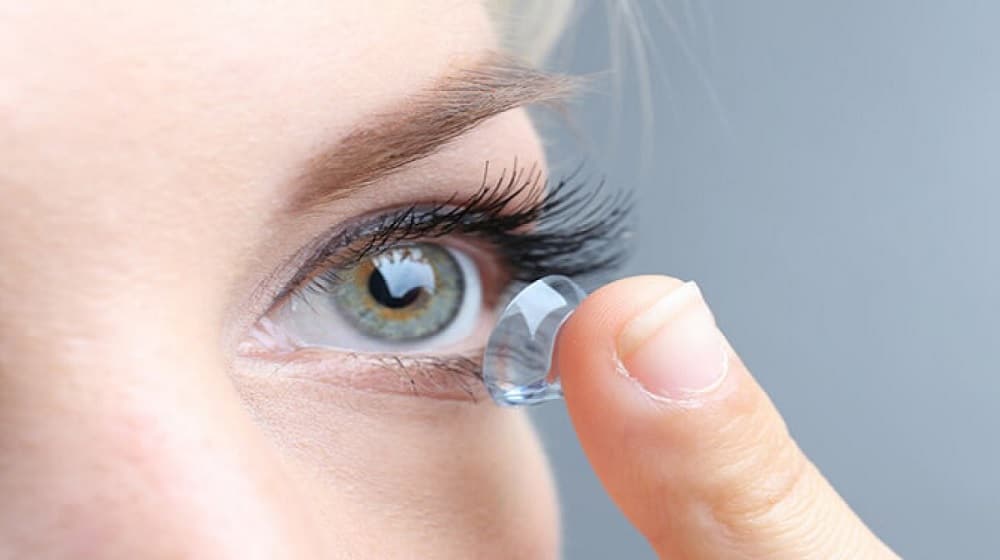The US Food and Drug Administration recently approved a new contact lens produced by Johnson & Johnson that can deliver antihistamine ketotifen directly to the eye. The lenses are a step towards administrating medication directly into the organ.
A principal optometrist at the UC Davis Eye Center, Melissa Barnett, stated:
The once futuristic concept of drug-delivery contact lenses is now a reality. Forthcoming drug-delivery contact lenses will have multiple therapeutic applications for various ocular diseases to improve overall health and quality of life.
Scientists have tried for decades to put drugs into contact lenses to treat issues and diseases related to the eye such as cataracts and glaucoma. Prescription eye drops are commonly used as treatments, but many patients forget them. Moreover, eye drops are not the best way to administer medicine to the eyes, as 95% of the active substance is often lost due to tear drainage or may fall down the cheek.
Retinal diseases such as diabetic retinopathy are treated with injections, which may cause bleeding or infections.
Researchers claim drug-induced contact lenses will be more comfortable and help deliver more medication into the eye than normal drops. However, adding drugs to a specific contact lens is still a challenge as the material and architecture may vary depending on the type of drugs.
Director of clinical science at Johnson & Johnson Vision, Brian Pall, stated:
There needs to be compatibility between the drug and the contact lens. Some lenses don’t retain certain drugs well and release them too quickly … if the drug and the lens are too compatible, they can bind together in a way that, once it’s put on the eye, the drug doesn’t release.
Controlling the duration and release of a drug has been a challenge for scientists who have used various materials and techniques such as nanoparticles and molecular imprinting to resolve the issue.
The latest contacts from Johnson & Johnson are a pair of disposables that can be worn all day long and disposed of. Pall elaborated:
When the lens is put on the eye, you get a very rapid release of medication to the eye, and then as the medication continues to elude out over the next several hours, it’s a much slower release. The quick-release provides enough of the medication to allow for a very fast onset of action.
The company has already made the lens available in Canada and Japan and is currently working on making it widely available in the US.





















